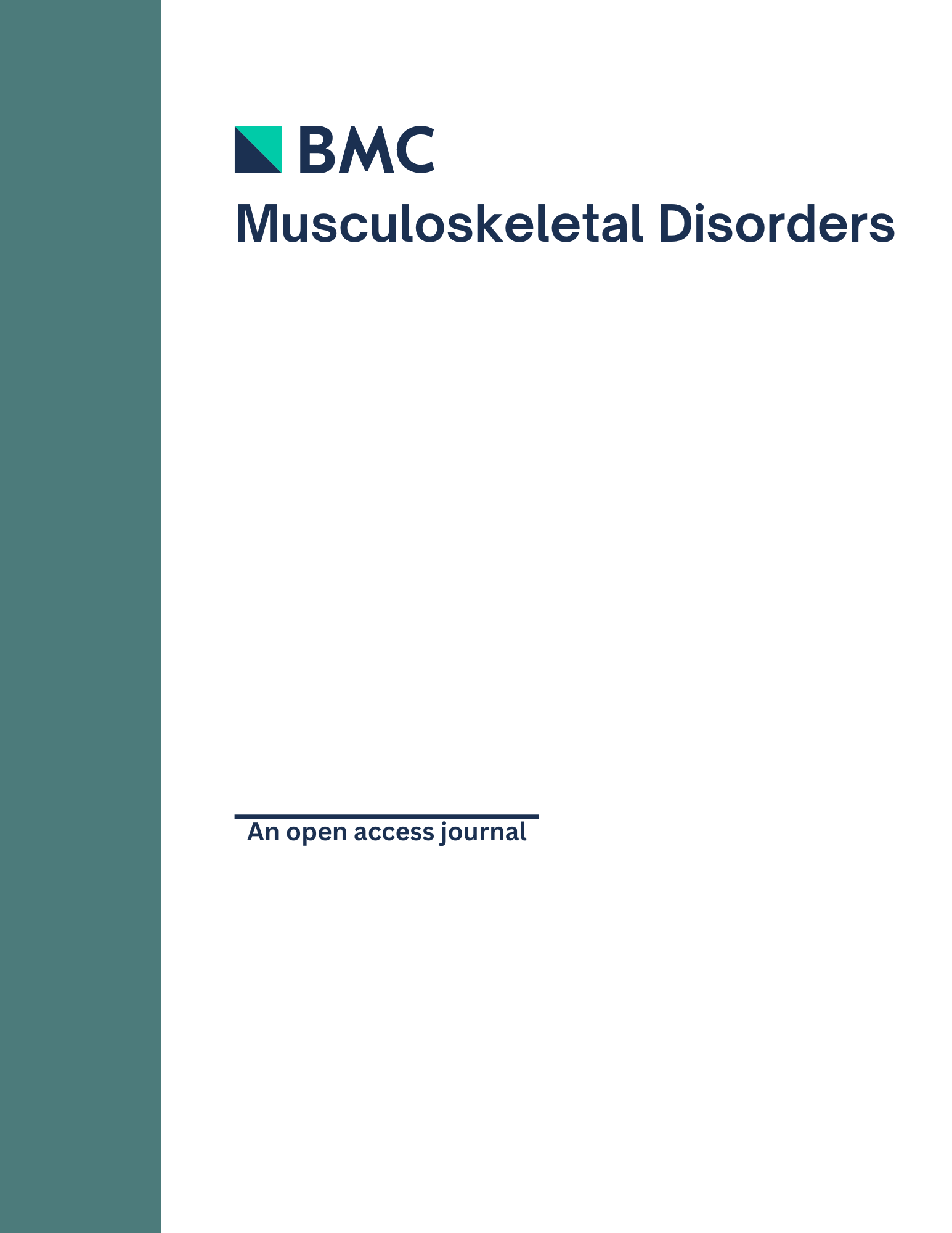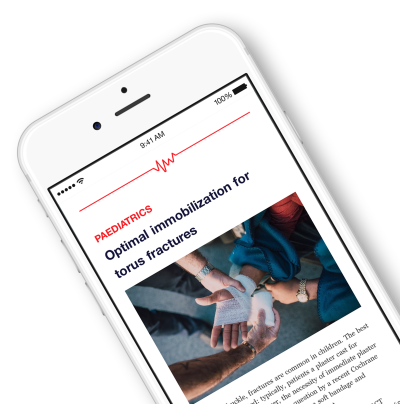
Perioperative celecoxib improves postoperative resting pain and active ROM after TKR .
This report has been verified
by one or more authors of the
original publication.
Perioperative celecoxib administration for pain management after total knee arthroplasty - A randomized, controlled study
BMC Musculoskelet Disord. 2008 Jun 3;9:77.80 patients scheduled to undergo total knee arthroplasty were randomized to receive celecoxib perioperatively along with the morphine PCA or just the morphine PCA. The purpose of this study was to evaluate efficacy of postoperative pain management. The perioperative celecoxib was found to significantly improve the postoperative resting pain scores at 48 and 72 hours and active ROM in the first three days after total knee arthroplasty. It also decreased the opioid consumption, without any increase in the occurrence of bleeding.
Unlock the Full ACE Report
You have access to 4 more FREE articles this month.
Click below to unlock and view this ACE Reports
Unlock Now
Critical appraisals of the latest, high-impact randomized controlled trials and systematic reviews in orthopaedics
Access to OrthoEvidence podcast content, including collaborations with the Journal of Bone and Joint Surgery, interviews with internationally recognized surgeons, and roundtable discussions on orthopaedic news and topics
Subscription to The Pulse, a twice-weekly evidence-based newsletter designed to help you make better clinical decisions
Exclusive access to original content articles, including in-house systematic reviews, and articles on health research methods and hot orthopaedic topics

































































